13 Anime Series That Changed How Fans Watch TV
Anime has shaped the way people watch television in more ways than one. Some series introduced entirely new genres, while others pulled viewers into long, ongoing stories that kept them coming back week after week. Here are a number of shows that left a lasting mark on fans and changed how anime is enjoyed around the world.
This post may contain affiliate links, which helps keep this content free. Please read our disclosure for more info.
Astro Boy (1963)
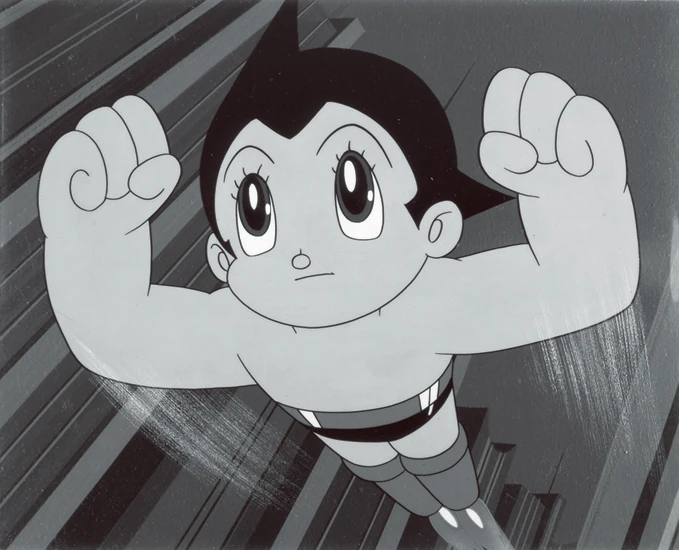
Astro Boy is often credited as the first successful television anime, laying the groundwork for serialized storytelling in Japan. Its futuristic themes and emotional undertones made it stand out in an era when animation was still mostly geared toward young children. The show’s success sparked interest in anime as a viable form of entertainment beyond short cartoons.
What truly set Astro Boy apart was its ability to blend science fiction with moral questions. Viewers were introduced to a robot boy grappling with identity and purpose, which resonated on a human level. This series became a blueprint for countless anime that would follow, proving television could host stories with depth and recurring arcs.
Mobile Suit Gundam (1979)

Mobile Suit Gundam changed the way audiences looked at giant robot shows. Instead of treating the machines as toys or fantasy weapons, it presented them as military tools tied to politics, economics, and human conflict. Fans were drawn to its realistic tone, which reflected the messy nature of war rather than glorifying it.
The show initially struggled in ratings but gained momentum through model kits and reruns. Over time, it grew into one of the most influential franchises in anime history. Gundam demonstrated how a TV series could build a world rich enough to sustain both fans of storytelling and collectors of merchandise.
Dragon Ball Z (1989)
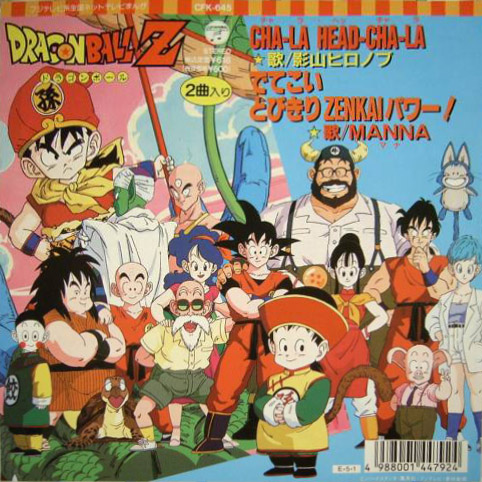
Dragon Ball Z reshaped the shonen genre by emphasizing long story arcs filled with battles and transformations. Fans tuned in week after week to see heroes push beyond their limits, creating a sense of anticipation rarely seen in animated TV. The idea of cliffhangers became a hallmark of the show, locking in audiences worldwide.
Beyond its fights, Dragon Ball Z introduced viewers to themes of family, perseverance, and friendship. The colorful characters and memorable rivalries became touchstones for anime fandom. Even decades later, its influence can still be seen in nearly every action series that followed.
Neon Genesis Evangelion (1995)
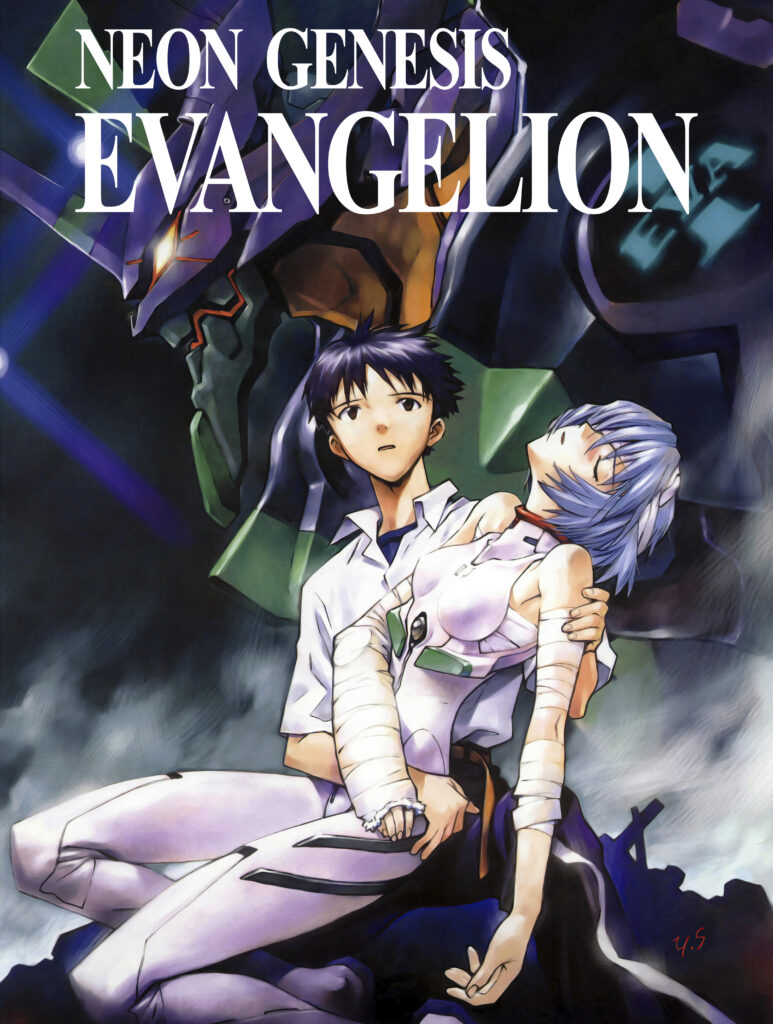
Neon Genesis Evangelion upended expectations by mixing mecha action with deep psychological exploration. The series focused less on giant robots and more on the struggles of the pilots themselves. Viewers encountered themes of depression, identity, and human frailty, which were rarely explored in animation at the time.
Its impact went far beyond Japan, inspiring analysis, debate, and countless fan theories. Evangelion created a generation of viewers who expected anime to challenge them intellectually as well as entertain. The show’s legacy continues with reboots, films, and ongoing discussions about its layered storytelling.
Pokémon (1997)

Pokémon became more than a television show; it grew into a cultural phenomenon. Kids around the world watched Ash and Pikachu travel across regions, battling and making friends along the way. The series worked hand-in-hand with video games, cards, and movies, creating an experience that extended far beyond the screen.
For many, Pokémon was their introduction to anime itself. Its bright characters and sense of adventure made it accessible to younger audiences, while older fans appreciated its world-building. The impact was so widespread that even people who never watched anime still recognized Pikachu and the famous catchphrase.
One Piece (1999)

One Piece redefined long-form storytelling in anime. With hundreds of episodes and arcs that span decades, it proved a TV series could maintain fan investment over the long haul. Each island brought new themes, cultures, and adventures, keeping the story fresh despite its length.
The camaraderie between the Straw Hat crew became a major draw. Fans found themselves attached to each member, following their growth and personal struggles as much as the main plot. One Piece showed that anime could function like a living, breathing world where viewers stayed invested for years.
Naruto (2002)

Naruto captured a global audience through its mix of action, humor, and heartfelt themes. The story of an outcast striving for recognition resonated with viewers across different cultures. Its focus on ninja clans, rivalries, and moral dilemmas gave fans something deeper than a typical action series.
The show’s success spread widely thanks to syndication on television outside Japan. It introduced anime to millions who may not have otherwise sought it out. Naruto left a lasting mark as both a coming-of-age story and a cultural entry point for anime worldwide.
Bleach (2004)
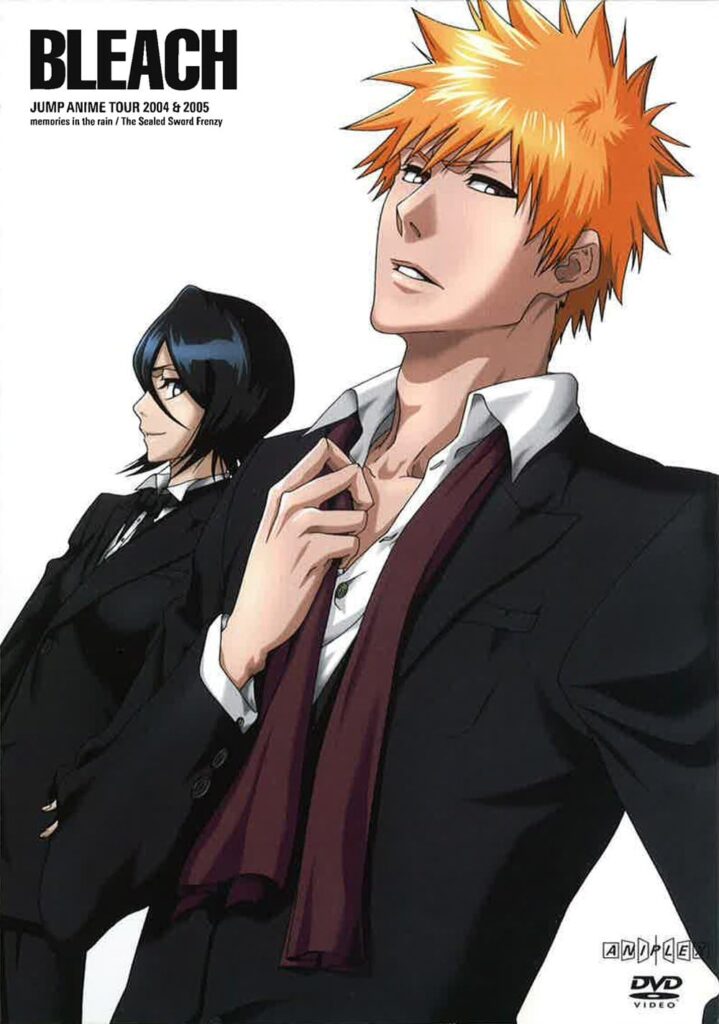
Bleach stood out for its stylish battles and memorable characters, blending supernatural elements with modern settings. The concept of Soul Reapers dealing with spirits and hollows brought a unique flavor to the shonen genre. Fans were drawn to its distinct visual style and catchy soundtrack.
When it aired on Toonami and Adult Swim, Bleach became a staple for Western fans. Its presence on late-night programming blocks made anime feel more accessible to older audiences. The show demonstrated that anime could be edgy and cool while still maintaining broad appeal.
Death Note (2006)
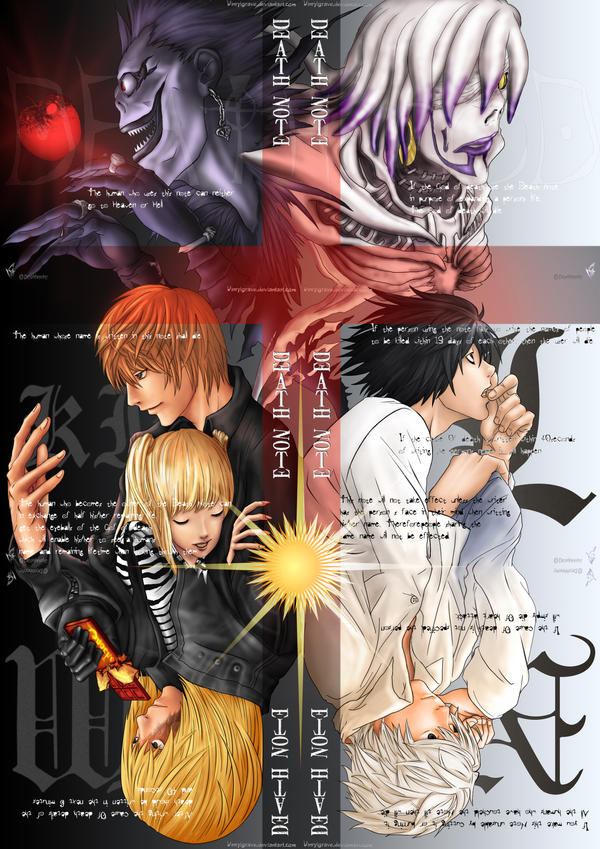
Death Note took the anime world by storm with its tense cat-and-mouse storyline. The duel of wits between Light Yagami and L created a new type of suspense rarely seen in animation. Instead of focusing on battles, the series relied on mind games and strategy.
Its darker themes appealed to viewers who might not have been interested in typical action series. The moral questions surrounding justice, power, and corruption kept fans glued to each episode. Death Note proved that anime could rival live-action thrillers in intensity and complexity.
Sword Art Online (2012)
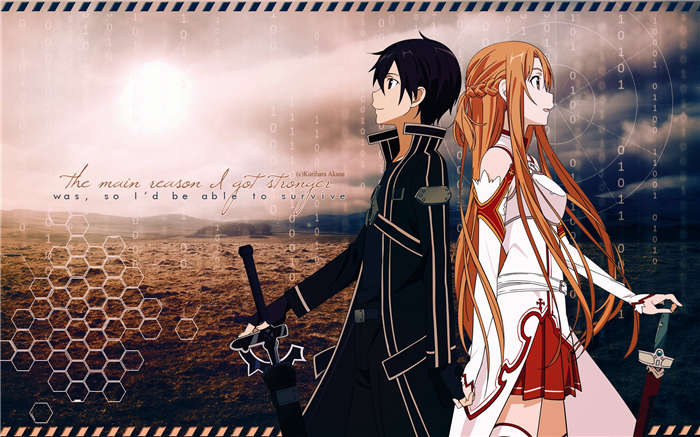
Sword Art Online ushered in the modern wave of isekai shows. By trapping characters inside a virtual game world, it blended gaming culture with anime in a way that resonated with fans globally. The concept of living and dying within a digital universe struck a chord with gamers in particular.
Streaming platforms helped Sword Art Online reach international audiences quickly. Its success sparked a flood of similar series exploring parallel worlds and online adventures. The show set the tone for how anime could thrive in the age of online viewing.
Demon Slayer (2019)
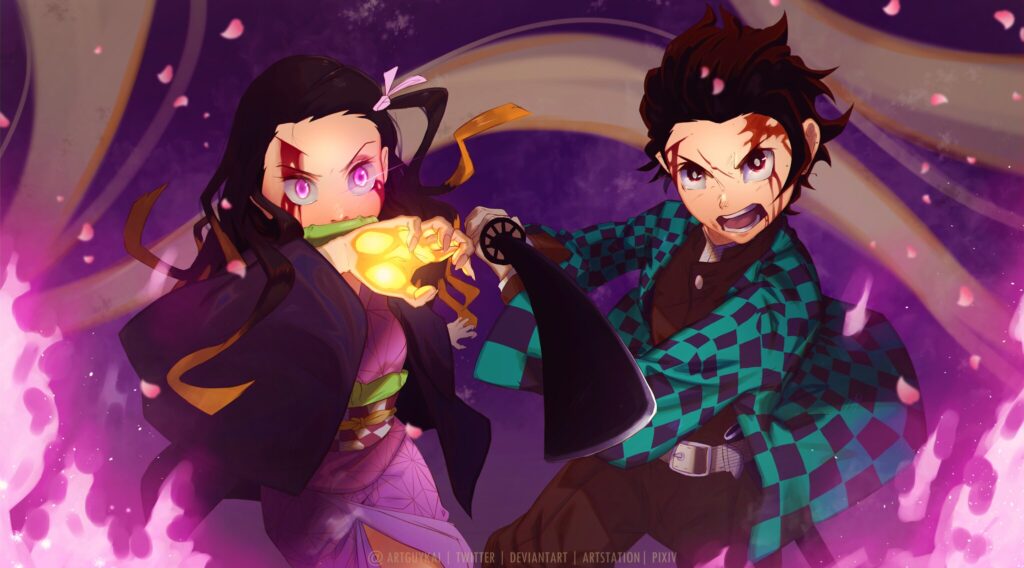
Demon Slayer quickly rose to prominence with its stunning visuals and emotional storytelling. The bond between Tanjiro and Nezuko became central to the series, giving fans a reason to connect beyond the action. Its mix of traditional Japanese aesthetics and modern animation techniques made it visually unforgettable.
The show’s popularity spilled into theaters with its record-breaking film. Fans lined up around the world to see an anime movie break box office records, proving its wide appeal. Demon Slayer showed how a series could dominate both television and cinema simultaneously.
Jujutsu Kaisen (2020)
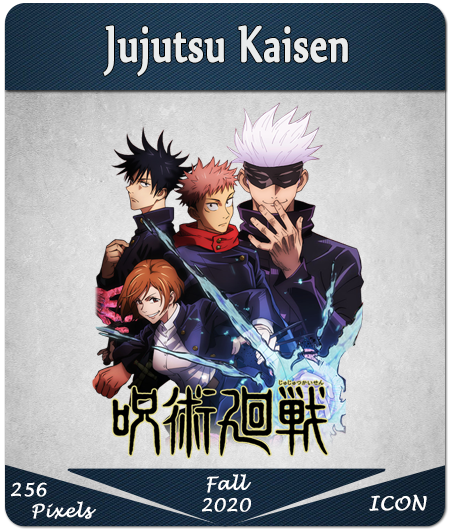
Jujutsu Kaisen captured attention with its dynamic fight choreography and charismatic cast. The blend of dark curses and high-energy battles struck a balance between horror and shonen excitement. Fans quickly gravitated toward characters like Gojo, whose charm and strength fueled countless conversations online.
Streaming made the show an international hit almost overnight. Its episodes regularly trended on social media, reflecting how quickly fans could engage with new content in the modern era. Jujutsu Kaisen proved that anime could thrive as both entertainment and a global talking point.
Chainsaw Man (2022)
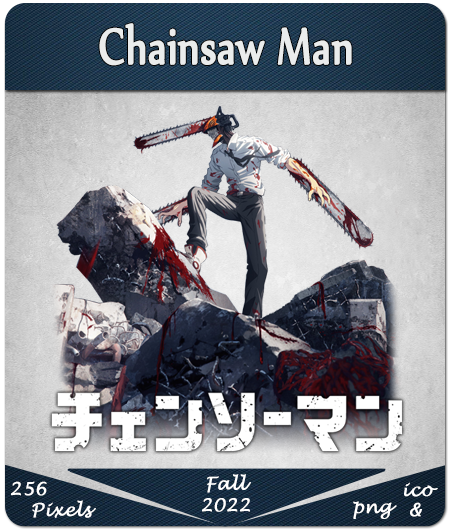
Chainsaw Man pushed boundaries with its blend of raw violence, humor, and emotional weight. The story of Denji and his struggles resonated with fans who wanted something fresh and daring. Its unflinching approach to storytelling made it feel unlike anything else on television.
Online buzz played a huge role in spreading its popularity. Each episode sparked discussions, memes, and fan reactions across platforms. Chainsaw Man showed how anime could blur the line between niche fandom and mainstream pop culture in today’s streaming landscape.
This article originally appeared on Avocadu.
